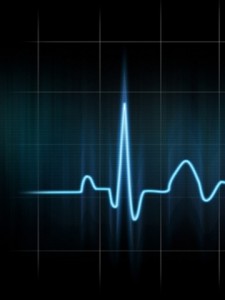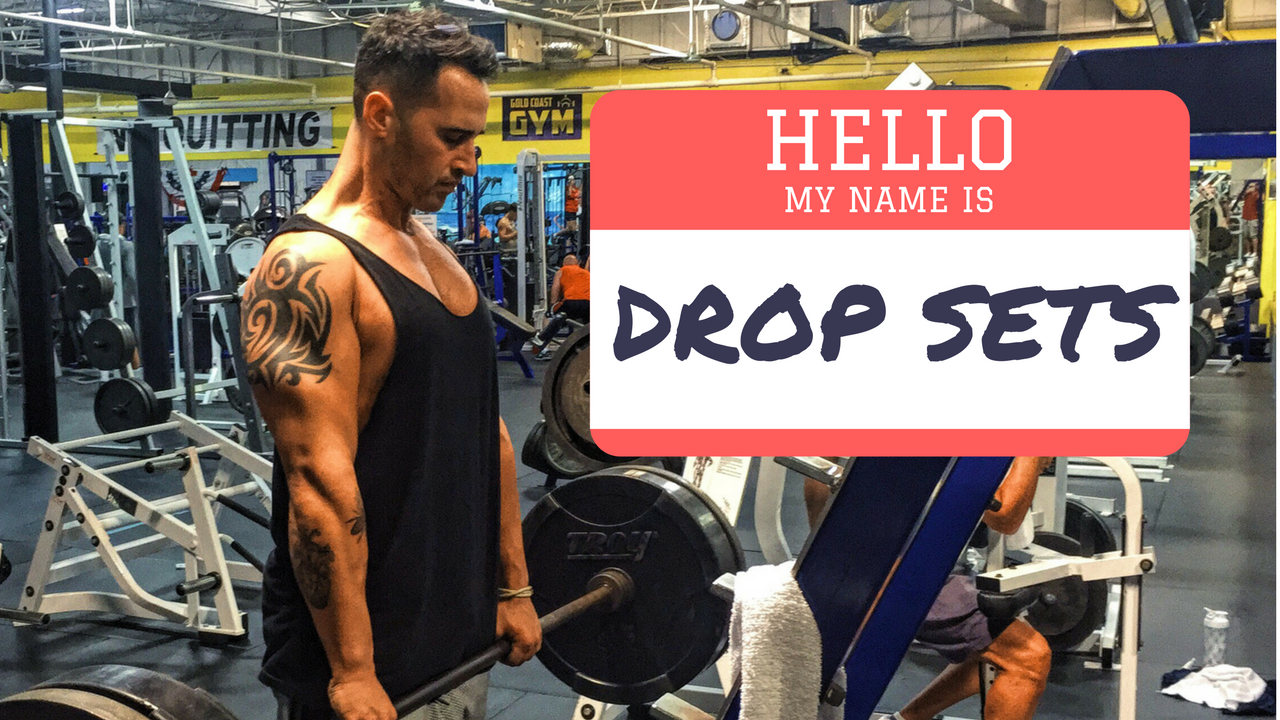You know you’re in trouble when your girlfriend tells you “I’m fine”. Let’s be honest, you even give the answer “fine” in response to how you’re doing more than you should.

Told you so…
The bar for “I feel fine” is set way too low.
Most of us are stuck in this “normal” default setting. We haven’t touched our toes since the third grade; a painful low back has become the norm; the 3 pm energy crash is expected, and we avoid the mirror like the plague.
But what if you knew how it felt to have your muscular imbalances corrected, energy levels stable, hormones balanced and got the most out of the food you consume?
Sounds awesome right? So, where do you start? In order to know where you are going, you have to know where you came from. By gathering the right information, you can set a starting point to track your progress or lack thereof and make adjustments where necessary.
Redefine your fine with these four baseline assessments.
Movement Screen.
Wouldn’t you love to come into your workout with a specific warm up built for your problem areas? You do it when you look in the mirror and know what areas of the body you want to lose fat specifically or build muscle upon. Lose a little on the love handles; add a little size to your shoulders…yeah, we know the deal.
Any client of ours, whether training for a movie role, fight, or to just look damn good, begins their journey with the Functional Movement Screen created by Gray Cook. From these seven tests, a baseline of fundamental movement patterns is created to target individual-specific mobility or stability problems.
From here, a series of exercises intended to restore mechanically sound movement patterns are prescribed and performed to get the most out of your workout.
Not for you? How does this sound…
You haven’t touched your toes since elementary school gym class. Your goals are to improve body composition. So you add in some multi-joint compound movements like the bench press, squat, and deadlift.
You’re on your way and getting stronger but that deadlift, no matter the variation, is always giving you trouble. You work through the pain that comes from your secondary movers (erector spinae muscles, lats) taking over for prime movers (glutes and hamstrings) during the deadlift. You hit a plateau but keep pushing until your body can’t handle it anymore and you tweak your back. There you are moving further and further away from your goals as an injury keeps you out of the gym.
Eventually if you are unable to perform a specific movement pattern (in this case, the active straight leg raise or toe touch), it is going to come out in the wash and prevent you from succeeding when the weights get a little heavier or the exercise is more complex (such as the kettlebell swing).
Get assessed by a qualified coach and have them develop your corrective exercise strategy. If you’re just signing up to work with a trainer for the first time, make sure they include an assessment in your first session together. Then execute with diligence.
Resting Heart Rate.

Have you ever woke up to your heart racing and wondered why? The alcohol you drank last night, food sensitivities, not enough sleep, or your workout volume and intensity could be a few of the reasons behind this unexpected elevated heartbeat. Resting heart rate can provide daily feedback to how your body is responding to the stressors in your life.
Redefine your fine by giving your resting heart rate the attention it deserves.
Resting heart rate is good indicator of aerobic fitness and general endurance. In general, a lower resting heart rate indicates a greater stroke volume (the amount of blood pumped out of the heart to the body) and a higher level of aerobic fitness. Some of the best endurance athletes have very low resting heart rates in the 40s.
To test your resting heart rate, use a heart rate monitor for the best results. If you don’t have access to one, you can always check your pulse for an allotted time. Be sure to always test in the same body position; seated or lying down works best. Since we are taking a baseline and want consistent measurements, try to take your resting heart rate at the same time each day as well. The best time is when you first rise in the morning.
From this simple test and daily monitoring, you will be more aware of your body’s response to your training program and make adjustments if necessary. If your heart rate is elevated out of the norm, a rest day or lower intensity may be in order. On the flip side, if your resting heart rate isn’t lower within 4 to 8 weeks you may need to consider a new training program to improve your conditioning levels.
Hormonal Testing.
Are you a victim of post lunch syndrome? That condition that sets in typically right after lunch, around 1 to 3 p.m., where you just want to take a nap. Your brain is in a fog like San Francisco, your concentration is so low that you can’t even scroll through your Facebook feed again, and all you want is nap time like you were back in kindergarten.
We won’t be the Kindergarten cops, but there’s no way your boss is happy with you sleeping on the job. So you opt for a pick me up like coffee or sweets. Only to find yourself in a downward spiral as that quick burst of energy wears off.
Redefine your fine by eliminating the cycle of energy highs and lows.
Potential hormonal imbalances and adrenal fatigue can be the reason behind these inconsistent energy levels. Through a saliva test, you can have an inside look at your endocrine system to determine the causes. One of the regular contributors that negatively affects sleep, energy levels, recovery, libido, and immune function is cortisol.
From these test markers, we can address the factors behind these hormonal issues. Diet, lifestyle, and stress management are the keys to the restoration and maintenance of optimal adrenal health. In addition, nutritional support and herbal therapy can aid the process.
Post-Meal Logs.
Do you ever get bloated following a meal; even a healthy one? No matter the dietary approach (paleo, IF, etc.) you follow, it is not normal to feel bloated, sluggish, stomach pain, or have brain fog after eating.

“In the hour following a meal, your body is giving you all sorts of clues as to whether what you ate was the right mix of nutrients for your body. The optimal meal should energize your body and sharpen your mind”, says Steve Macari, a holistic health practitioner.
Redefine your fine by creating the perfect recipe for your personal diet.
Post-meal logs are an very effective tool in customizing your dietary approach. Macari recommends using these logs to “record your reaction to certain foods, food combinations and macronutrient ratios.” With time, patterns will start to emerge and you can begin to adjust your meals accordingly. It may involve removing a certain food after pinpointing a sensitivity that may be hampering digestion and absorption of nutrients. Macronutrient ratios can also be modified. This can include and are not limited to:
-
Increasing fat at certain meal times for increased satiety.
-
Decreasing the amount of protein or fat with a heavy feeling in your gut
-
Increasing the amount of carbohydrates to avoid feeling flat or low energy for workouts
-
Inclusion of a small amount of fat with carbohydrates to slow down absorption (outside of post workout window)
The post-meal log should be an ongoing evaluation. Different stresses (training volumes and intensities, life events, work, sleep) will cause adjustments to be made in direct relationship to your goals. This tool will allow you to find perfect diet that gives you optimal amounts of energy, promotes improved body composition and recovery, and satisfies your taste buds.
The true key is to become aware of what you consume and how it can affect you mentally and physically. This is how you redefine your fine.





Leave a Comment